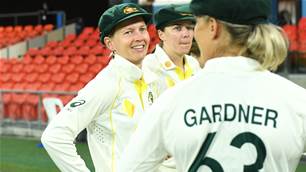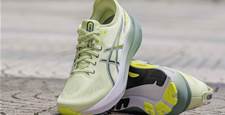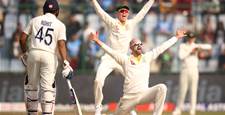Remember Deborah Acason? Remember the 2006 Commonwealth Games?
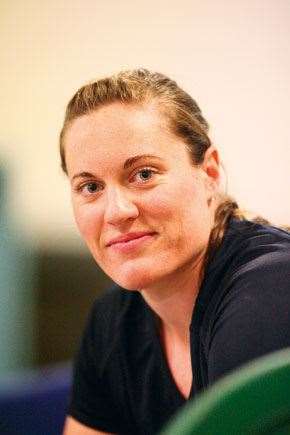 Deborah Acason Portrait
Deborah Acason PortraitImages: Warren Clarke
Supple joints
“When I came to lifting, as a 15-year-old, I was already very flexible from my training as a discus thrower. I was lucky. A lot of people come to lifting and they’re very tight through their hips and gluts. If you’re tight in those places you can’t do full squats – and that’s a bit of problem. With our stretching we start from the legs and move up – the hammies, the quads, the gluts, the hip flexors and a lot of ITB [iliotibial band] stretches.
“A lot of people – particularly bodybuilding guys who’ve done a lot of bench press – come to weightlifting and find their shoulders are too tight to hold the bar overhead. These guys really have to work on their shoulder flexibility. I actually had the opposite problem – I got a shoulder injury at the Beijing Olympics because my shoulders were too flexible. Imagine you’re at the bottom of a lift holding 125kg overhead – it’s not good to have loose shoulders! After that injury my doctor told me to stop doing shoulder stretching to allow my shoulder muscles to tighten up. Ideally we’d stretch for 20 minutes before and after each gym session.
“Lately, a lot of research has said there’s no point stretching before exercise, but in our sport some people can’t physically get their bodies into the full squat position unless they stretch. For us it’s actually facilitative stretching – allowing us to get into position.”
Core values
“When I was 18 years old and training for the 2002 Commonwealth Games in Manchester, I discovered that every time I lifted from the squat position, my back was slightly rounded. I didn’t realise I was doing this, and of course I ended up with a bulging disc in my back. My doctor told me I had to do a huge amount of core work or that would be the end of my lifting career. And I thought, ‘Okay, better take this seriously … ’
“For three months after that I did nothing but abdominal bridges; holding that plank position. When I started I could only hold 20 seconds on the front and seven seconds either side. I started doing about 10-to-20 of these bridges a day, mainly because it was the only exercise that didn’t hurt my back. After a month I was able to hold for about two or three minutes. After three months I was holding these bridges for a minute with 100kg on my back.
“If I have a week or two off now, I feel my abs are the first thing to go. When I come back to the gym – if I’ve weakened in the core – my technique’s terrible, so I do a huge amount of core work.”
Cool down
“We’ve got a sauna at our gym, which is helpful. I feel a sauna after a session really gets rid of the lactic acid. Of course it’s also psychological – it’s nice to have a rest after you train. We have plunge bins that we fill with ice and jump into after the sauna. I tend to feel a bit lethargic after the sauna, so that freezing water wakes me up a bit. When I’m in heavy training I also try to get strong massages at least once a week. The amount of muscle knots I get doing weights over and over is quite incredible, so massages really help.
“I’m not sure if you’d call this recovery, but I’m studying at the moment [a double degree in Law and Criminology at Griffith University]. It’s a good thing to have something else to focus on besides your sport. I honestly don’t think I would’ve got to this level if it weren’t for my study. My brain has to be engaged by something else, otherwise I’d just think about my sport the whole time and that’s not the healthiest thing in the world.”
– Aaron Scott
Related Articles
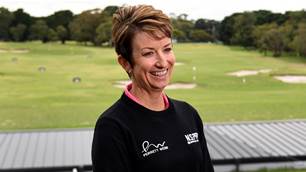
Karrie calls for ‘more positive messages’ in golf

Golf added to Commonwealth games for 2026
